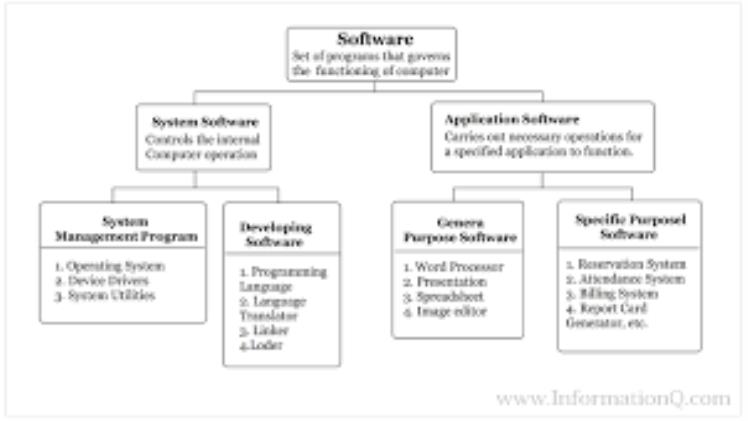Understanding the Different Types of Computer Software

Software is a collection of programs or documents that enable computers to process information. Without software, computers would not be able to do the things they do.
It is essential to comprehend how computer software functions in order to select the suitable programs for your requirements. What type of software you select will significantly influence how your machine runs and may even compromise security levels.
Software comes in many forms, but the three most prevalent are application, system and utility software. Applications are programs that aid users with specific tasks like word processing or playing a game.
These programs are created with user-friendliness in mind, offering intuitive operation. Most come with tutorials or instructions on how to utilize the software effectively.
Operating systems are the programs used to run computers. They oversee fundamental operations on a machine, such as how it communicates with hardware devices and other computers on its network.
This software is written in a low-level language such as machine code or assembly language, and it uses straightforward instructions to accomplish simple tasks, like adding and comparing two numbers.
These instructions are typically stored on a hard drive and run periodically to upgrade software. This ensures that they remain accessible even when the user isn’t actively using their computer.
System software consists of various components, such as basic input/output system (BIOS), which is the firmware that controls what a computer can do before it loads application programs from disk. Hardware abstraction layer (HAZ) software interprets device driver commands and allows certain operations to take place.
It is also possible to create software that runs independently from the operating system and other applications, known as a virtual machine or VM. These VMs are essentially self-contained programs installed in memory on a computer.
Some virtual machines (VMs) are created by manufacturers and usually free to use; however, others are developed independently by independent developers at a cost which may be higher but often offers greater flexibility and power than their cheaper counterparts.
The operating system is the most essential software on a computer. It permits programs to run and provides an environment for other programs to function within.
In addition to operating systems, other essential software includes device drivers and utilities. These enable a computer to control and communicate with external devices like scanners, printers, and speakers.
Malicious software, commonly referred to as malware, is designed to disrupt a computer’s operation by causing it to freeze or run slowly. Some malicious programs may even be created as practical jokes or attempts to breach your security settings.
Selecting the ideal software for your business is essential, as it can make or break its efficiency. Before making a decision, take into account factors like your company size and nature, current software needs, budget constraints and available staff resources. Furthermore, be wary of potential risks associated with switching to new software and how this might impact operations.